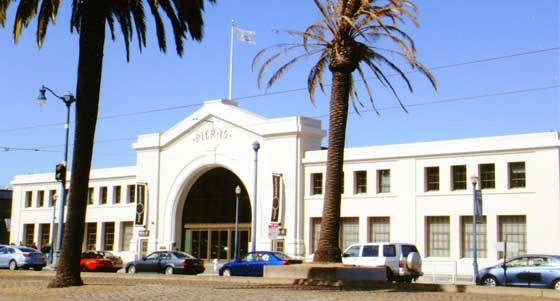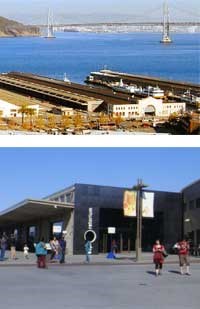Last updated: September 24, 2024
Article
Case Study: Pier 15, California

Housed within the head house and shed of the historic Pier 15 – nearly three football fields long – every aspect of the Exploratorium’s design is geared towards achieving zero net energy consumption; possibly becoming the largest net zero museum in the U.S. In order to offset energy consumption, the new Exploratorium installed 5,874 high-efficiency solar panels on its roof, which will offset 33,150 tons of carbon dioxide emissions over the 30-year life of the system.

